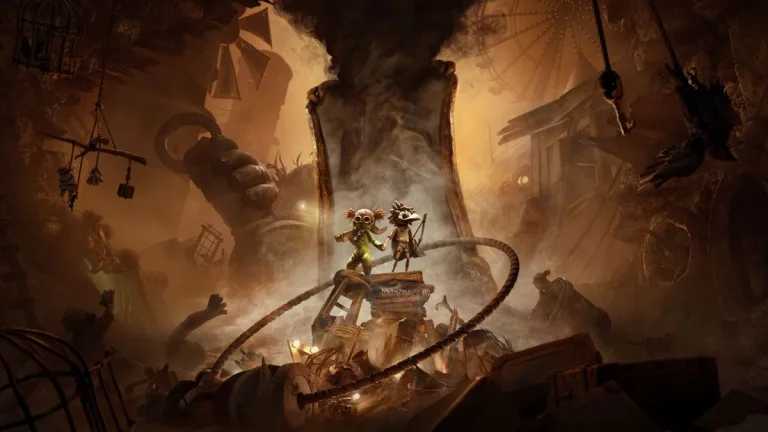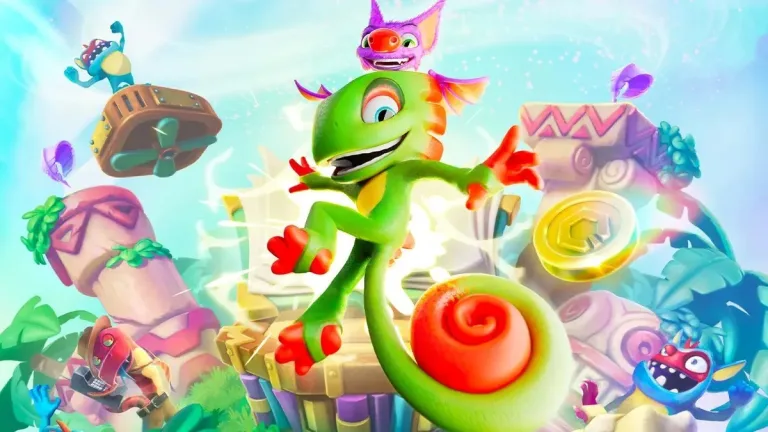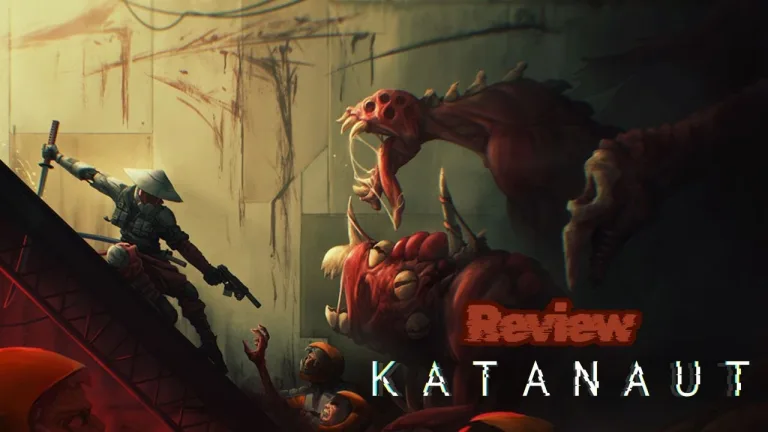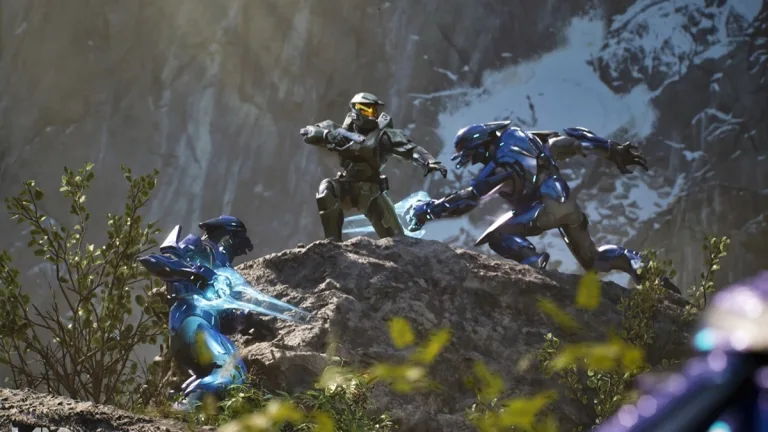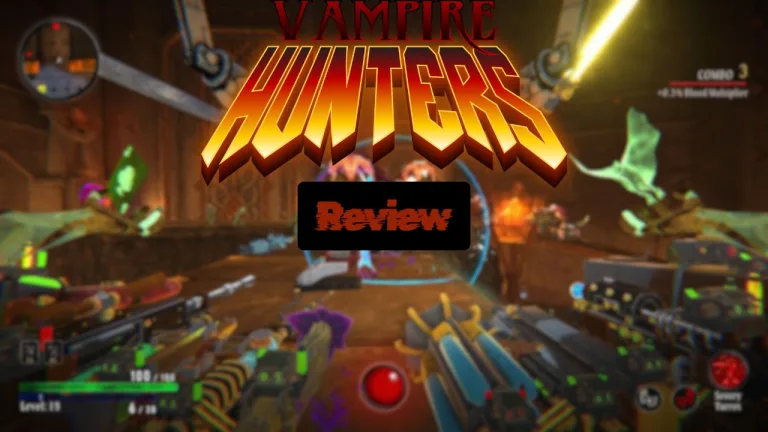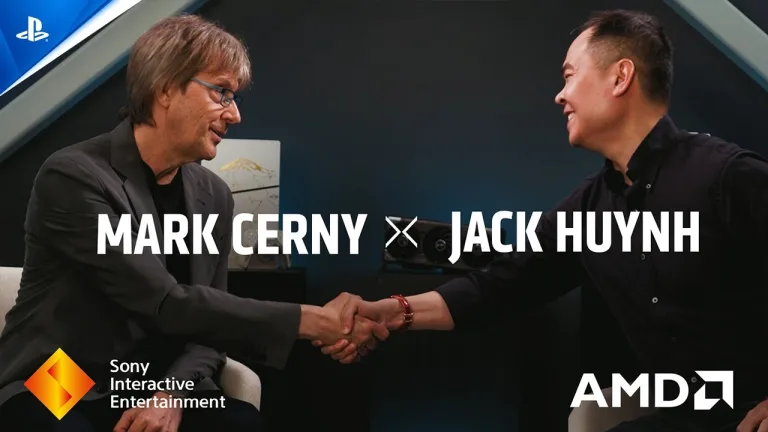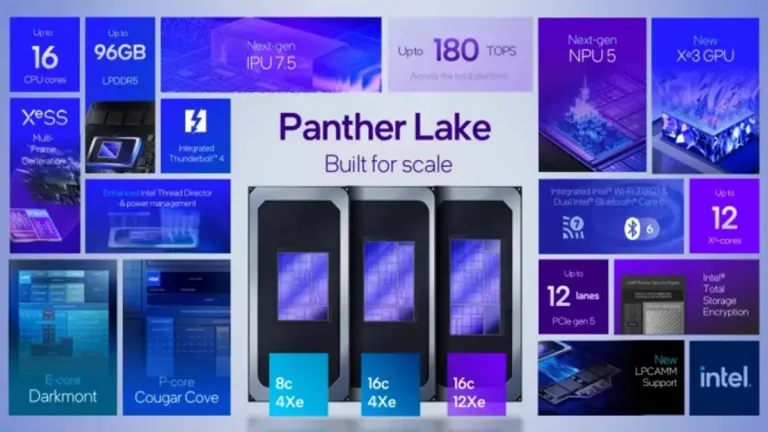The Little Nightmares franchise left a lasting mark among horror fans thanks to its disturbing aesthetic and...
Playtonic, the developers behind Yooka-Laylee, spent around eight years working on the remake of their only game,...
We give our original and detailed review of the new indie game, Katanaut. A stunning and addictive...
Katanaut is one of those rare indie titles that refuses to sit neatly in a single box....
After nearly two decades shaping the look and feel of one of gaming’s most iconic universes, Halo’s...
Gamecraft Studios, a Brazilian indie team known for experimental titles like For Sparta and Rogue Summoner, set...
Vampire Hunters by Gamecraft Studios takes the auto-shooter formula and flips it into a first-person roguelike with...
Microsoft has officially changed the Xbox Game Pass tiers, and your subscription might be affected! In this...
Sony flirting with a “PS6 handheld GPU” that touts ray tracing, even path tracing, and AMD “Radiance...
The PC gaming landscape is about to shift again. Intel has officially pulled back the curtain on...


